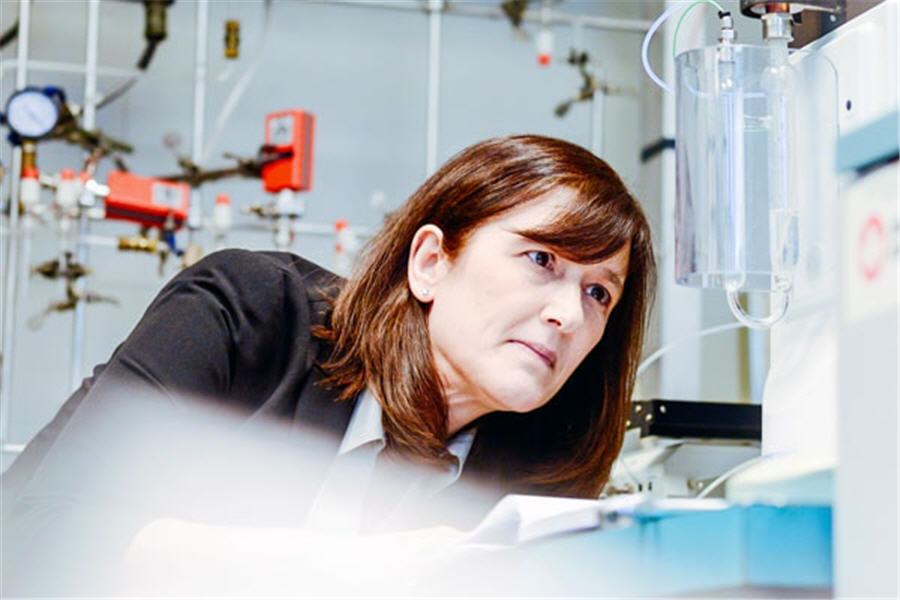
The country’s highest awards for science were awarded by the Rt. Hon. Julie Payette, Governor General of Canada, the Hon. Kirsty Duncan, Minister of Science and Sport, and Dr. Digvir S. Jayas, interim president of the Natural Sciences and Engineering Research Council of Canada (NSERC) at Rideau Hall on May 6, 2019.
Twenty-eight of Canada’s top scientists and seven industry partners were honoured.
The top prize – the Gerhard Herzberg Canada Gold Medal for Science and Engineering (worth $1 million) – went to a geologist, Dr. Barbara Sherwood Lollar. She is an earth sciences professor at the University of Toronto.
Her insight about the nature of water and life on our planet have opened the door to further discovery about the origins and evolution of earth. Her discoveries and expertise are helping shape space exploration and the search for life on other planets.
Sherwood Lollar’s insights about the nature of water and life on earth led her and her team to finding the oldest water on earth. That discovery in 2016 won her the NSERC’s John C. Polanyi Award.
As reported by CBC, the ancient water discovery stems from Sherwood Lollar and her team’s earlier exploration of an active copper, zinc and silver mine in Timmins, Ontario, in 2013, when geochemical analyses of the water sample at a depth of 2.4 kilometres showed it was a billion years old.
When the team got deeper – three kilometres down – in 2016, the water extracted was estimated to be even older – up to 2 billion years old.
“That could have great ramifications as to how life might exist at these kinds of depths, how it might survive,” Oliver Warr, a postdoctoral researcher and leader of the team, remarked in the CBC report. “It could start paving the way for understanding life on other planets as well.”
Last month, Sherwood Lollar was selected by the Canadian Institute for Advanced Research to co-lead an international program of exploration of the deep earth that builds on her previous work.
(A version of this article first appeared in the Canadian Mining Journal)
4 Comments
Kenny Mac
Where was the water found and how old is it 100 years 200 years ????? Good god!!!! what a useless waste of time reading this clickbait
McAllister Pulswaithe
How did they estimate 2 billion years?
bernie
Interesting concept….1-2 billion year old water…..unfortunately the reader is left with a lot more questions because the reporter failed to communicate 1)how the age of the water was determined.2)why the scientist won the prize.3)how this research furthers science.4)what the implications of the findings for evolution/life on earth are
So,basically an F for scientific reporting.,sorry!
Bob Hall
Congratulations! The exciting discovery is based on years of scholarly effort and painstakingly slow progress. Such is the case with most science and I envy those with the fortitude to remain with the projects through the hard work phase.
The reporter could go into detail of the research but no one would read through because research is not exciting. Many folks can not even grasp the basics of this short story.